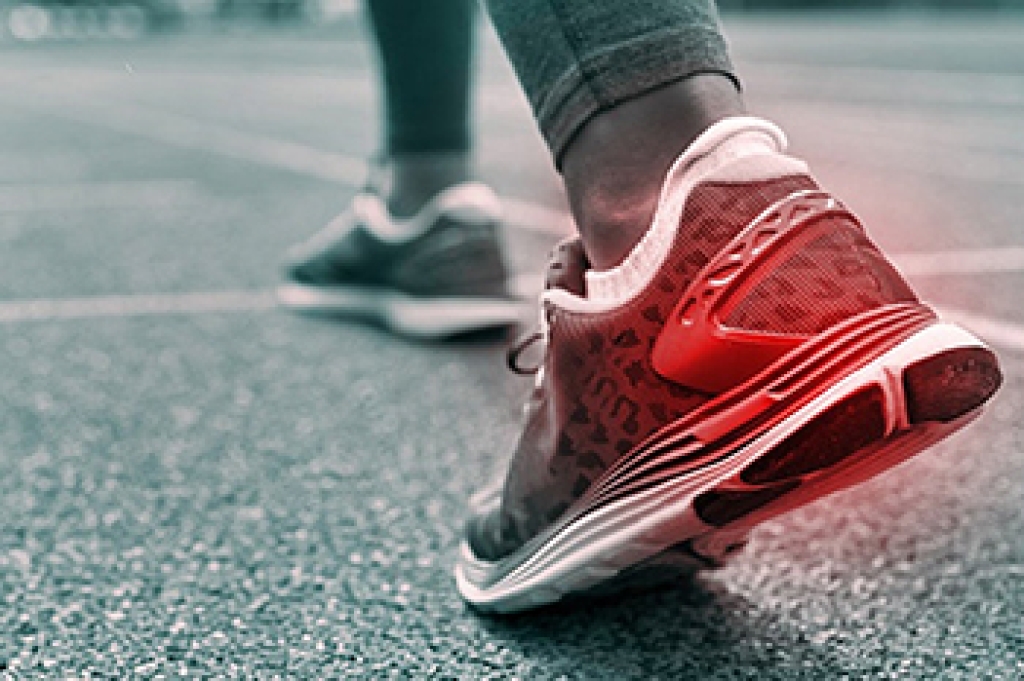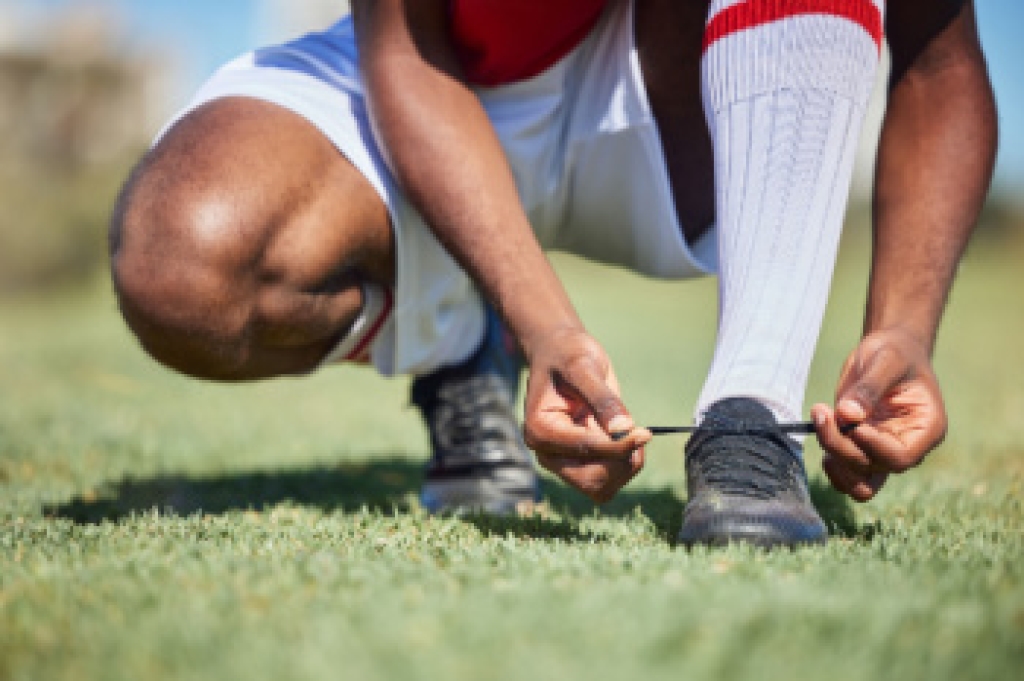
Choosing the right running shoes can make a big difference in comfort, performance, and injury prevention. Different types of running shoes are designed for different activities. Road running shoes are best for pavement and treadmills and offer lightweight support and smooth cushioning. Trail running shoes provide extra grip and protection for uneven and rocky surfaces. Cross training shoes are more versatile and work well for gym workouts and mixed activities, including running. Shoe cushioning is also important, as it helps absorb impact and reduce stress on the feet and joints. The right amount of cushioning depends on your foot structure, running style, and comfort needs. A podiatrist can evaluate your gait, foot shape, and activity level to recommend the best shoe type or custom orthotics, if needed. If your running shoes leave you sore or uncomfortable, it is suggested that you consult a podiatrist who can treat various foot conditions, and guide you on how to select shoes for your running style.
You should always make sure your running shoes fit properly in order to avoid injury. For more information, contact Stephen Boykins, DPM from SoCal Podiatry, P.C.. Our doctor can provide the care you need to keep you pain-free and on your feet.
Choosing the Right Running Shoe for Your Foot Type
Improper shoe sizing can cause a myriad of problems for your feet. Shoes that don’t fit you properly can lead to muscular imbalances in your body, which can result in foot, knee, and hip injuries.
Tips for Finding the Right Running Shoe
- Make sure you have a thumb’s width of wiggle room between the end of your longest toe and the front of the shoe.
- There should be little to no slipping at the heel
- Don’t assume your size in one shoe brand will be your size in another
- Do not lace up your shoes too tightly
- Walk around in the store with your new shoes before you buy them
If you have any questions, please feel free to contact our offices located in Downey and Moreno Valley, CA . We offer the newest diagnostic and treatment technologies for all your foot care needs.




